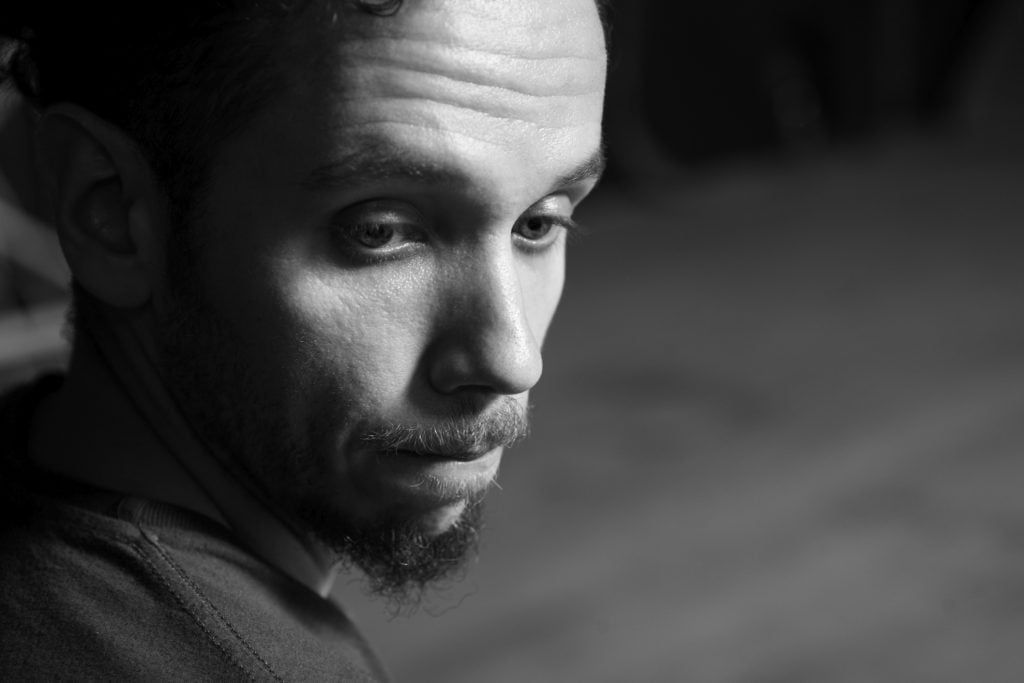
- Nieuws
Interview with Juan Onofri Barbato
One of the creators of Caravana
Can you introduce yourself?
I am father, teacher, director, boyfriend, performer, activist and experiencer of things.
I spent my last 15 year living differences experiences political-aesthetic, around performing arts, film and activism, through institutions, and mainly in a very independent way, sometimes in clandestine ways.
Part of my daily practice, it is a kind of resistance to Macri politics (our President), or fascist politics that it is growing around the world, and Latin-American it is not the exception. So, I try different no-neoliberal practices, through collective actions, and cooperative experiences.
What role did theatre/dance have for you when you grew up?
I’m still growing… But when I started with dance, I was a teenager and I remember that Dance was a practice to put all my huge and uncontrollable energy, my sport experience and my family artistic tradition, all in one place. This dance was the traditional Tango, then it was not enough for all this intensity that I brought. At that moment I discovered other kinds of Performing Arts, that gave me place to research and develop my way as Director and Performer and finally reveal the political relevance that Body and Dance have.
If you hadn’t become an artist, what would have been your profession?
Terrorist.
To what extent are you exploring the relationship between director and performer?
I feel that we are very inside and depth, mixing, sharing, experimenting how these categories loose boundaries and start to be in the same body, producing other kind of knowledge, and creative process. Also taking out weight to the idea of Directors as genius, and dancers as objects to move in the space. Of course, we need the external view of artists like Stegmayer and Ganquin accompanying this complex and intense dislocation.
How do you want the positioning of the audience around the performance to contribute to the viewing experience?
I would like that this “around position” allows to open experience out of the view as main input, and give the opportunity for others layers, for example the sound trip, or also the internal information of the body (proprioception), and maybe embody this performance in this way…